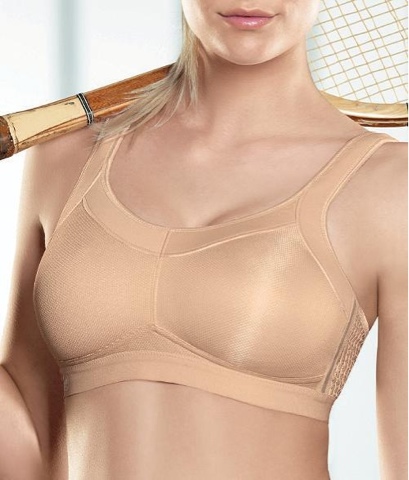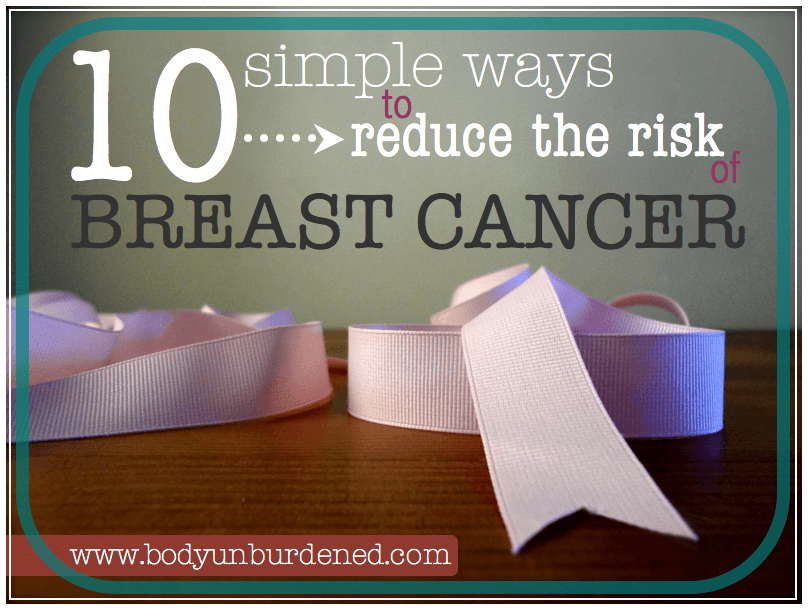Ladies of New York, you are free to walk bare-breasted through the city! New York City's 34,000 police officers have been
instructed
that, should they encounter a woman in public who is shirtless but
obeying the law, they should not arrest her. This is a good step towards
gender parity in public spaces.
This decision means that breast exposure is not considered public
lewdness, indecent exposure, or disorderly conduct. It also notes that,
should a crowd form around a topless woman, the officer should instruct
the crowd to disperse and then respond appropriately if it does
not. Relative coverage is no longer a factor.
This policy shift comes after several years of litigation and protest. In the 1992 case
People v. Ramona Santorelli and Mary Lou Schloss,
the New York Court of Appeals ruled in favor of two women who were
arrested with five others for exposing their breasts in a Rochester
park, holding the law void as discriminatory. The ruling was put to the
test in 2005, when
Jill Coccaro
bared her breasts on Delancey Street in New York, citing the 1992
decision, and was detained for twelve hours. She subsequently
successfully sued the city for $29,000.
In 2007, Go Topless, a national organization supporting gender equality in shirtlessness laws, established
Go Topless Day. Dozens of women protest – often topless – in thirty cities around the United States, promoting equal rights to be shirtless.
Protests
usually include chants of “Free your breasts. Free your minds” and a
song “Let ‘em Breathe” to the tune of the Beatles’ “Let it Be.”
While some who have
witnessed
these events have suggested that "[t]his is extreme liberalism and why
America’s in decline” or “[i]t’s degrading to women,” others have been
supportive. One man even said he would encourage his wife to join them.
Though bare-breasted women might shock the sensibilities of some in
the public, it is encouraging to see the police responding positively to
gender bias, even on such a seemingly small scale. After all, no one
thinks twice about a man shirtless on a summer day. However, the female
nipple or chest is still considered “lewd.” By reminding its officers of
this, the NYPD is publicly declaring that it will no longer perpetuate
unconstitutional gender discrimination, a standard to which all law
enforcement should be held and a decision for which it should be
applauded.
Click
here for original article.
















